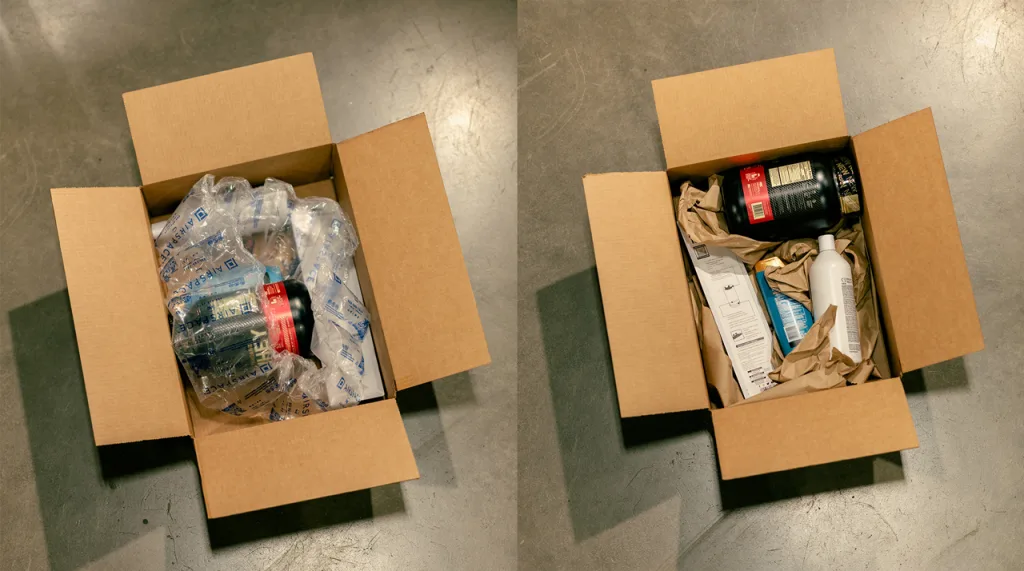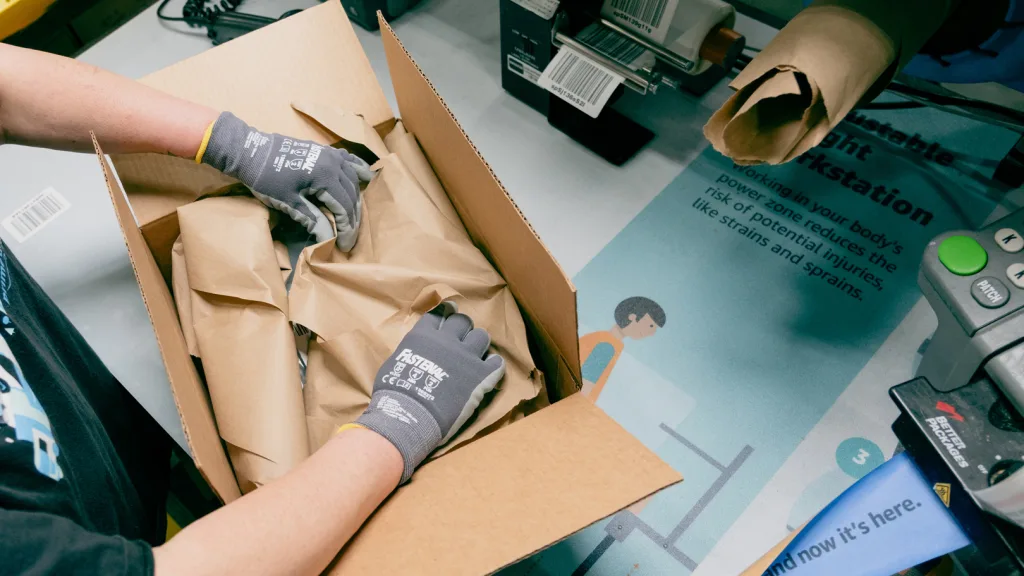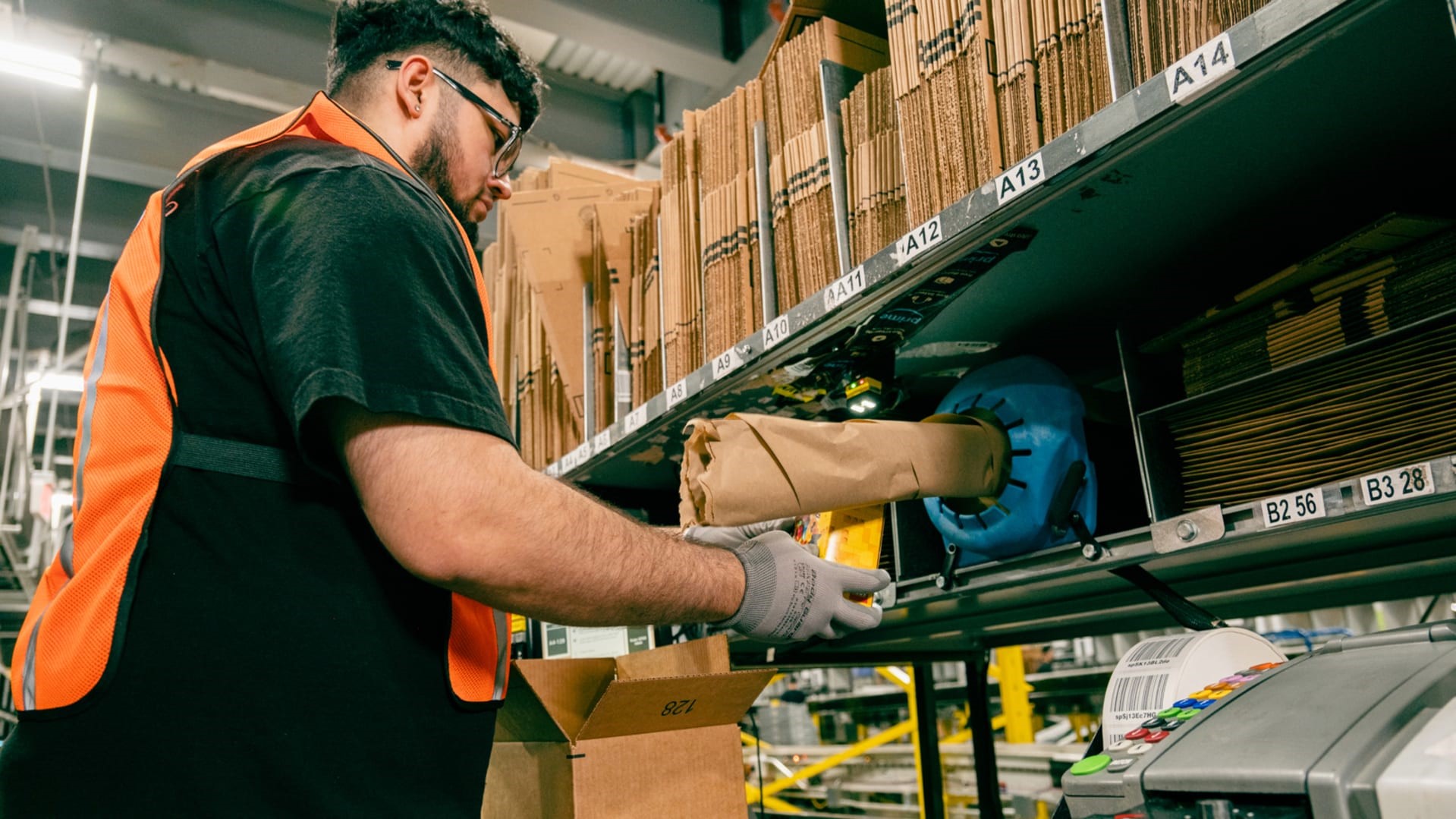How Amazon stopped using 15 billion plastic air cushions a year
June 20, 2024
How Amazon stopped using 15 billion plastic air cushions a year
Amazon is swapping its plastic delivery packaging for paper—a move that’s not just environmentally friendly but actually better protects packages.
BY Adele Peters
In the past, a typical box from Amazon arrived packed with plastic air pillows. Last year, the company used nearly 15 billion of the inflatable cushions for deliveries in North America alone. But nearly all packages now use paper filler instead.
“We want to make sure that the final package is curbside recyclable,” says Pat Lindner, Amazon’s vice president of mechatronics and sustainable packaging.

To make the switch, the company had to make sure that a replacement would work as well as the plastic version. It actually turned out to perform better—and can help reduce the number of packages that get damaged in shipment. Amazon worked with suppliers to find a lightweight, 100% recycled paper that’s easier to crumple around an object to protect it. The paper also takes up less space, so now more items fit in a smaller box. (Amazon also uses AI and machine learning to try to get items into the smallest possible package.) That translates to using less gas—or electricity, in the case of the company’s electric vans—to make a delivery, since more packages can fit in a truck.

Amazon piloted the paper filler first at a warehouse near Cleveland, installing rolls that workers tear off to the right length to fit each item in a box. (Part of the testing involved making sure that paper cuts wouldn’t be a problem.) Now, nearly all deliveries in North America use the paper filler instead of plastic; 95% of the plastic air pillows have been replaced. By the end of the year, every package will have made the switch, as one step toward a goal to get rid of all plastic delivery packaging. In Europe, where plastic packaging was less common to begin with, the company has already eliminated it.
Plastic is cheap, but the new system saves the company money since there’s less risk that something will break in transit and need replacement, Lindner says. “When we look at costs, we look at total cost of ownership,” he says. “And so the fact that we can deliver packages more safely and with less damage is a cost savings to us.”
ABOUT THE AUTHOR
Fast Company
(14)



